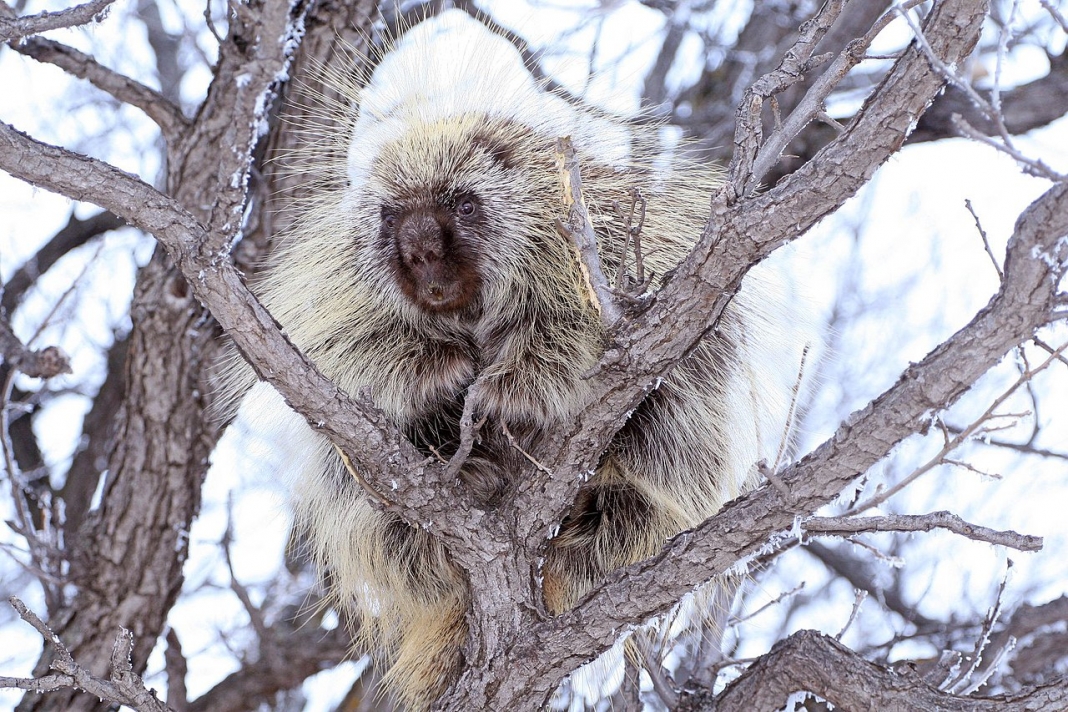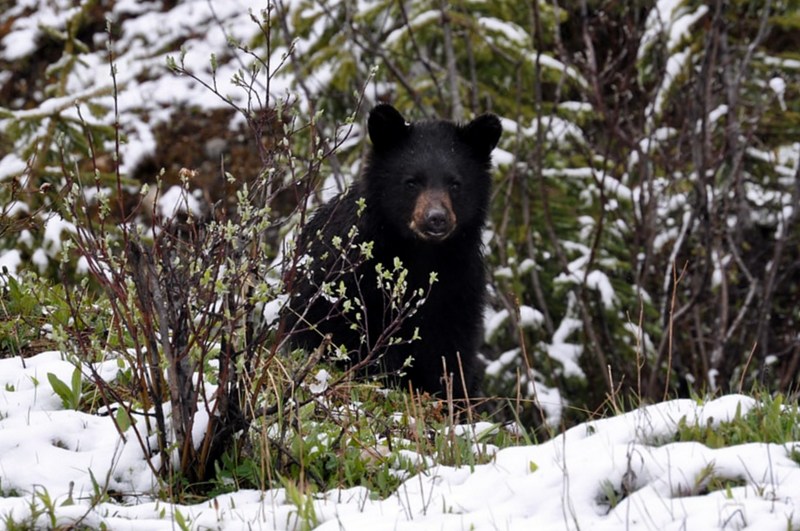In some corners of West Virginia, resident rodents such as squirrels and beavers are sharing habitat with their slow-moving, short-sighted, and very prickly cousin—the porcupine.
Verifiable reports of these non-native animals in the Eastern Panhandle date back to at least the later 1980s, according to Rich Rogers, district wildlife biologist and furbearer program coordinator for the West Virginia Division of National Resources.
Since these early reports, porcupines have been spotted in all Eastern Panhandle counties except Jefferson, as far west as Monongalia County, and as far south as Nicholas and Pocahontas counties.
No one knows for sure why porcupines immigrated to the Mountain State, and “anyone would be lying if they said they knew,” Rogers said.
There’s speculation that the porcupines were introduced accidentally when they hitched rides on logging trucks traveling from Pennsylvania to mills in West Virginia. Another theory is that the critters’ advancement into West Virginia is the natural result of range expansion and contraction over the years.
West Virginia does offer a variety of dietary delicacies for the porcupine: everything from its preferred winter food source—conifers—to an abundance of oaks and maples, the rodent’s preferred hardwood species, as well as herbaceous vegetation and farm crops such as corn.
The critters can cause extensive damage to cornfields, Rogers said, and also can wreak considerable damage to other types of property.
“They tend to like chewing on signs that have been stained, certain types of siding, and tires that have salt on them from winter roads that have been treated for ice,” Rogers explained.
One won’t find a lot of porcupine fans among foresters and timber operations because, like their busy cousins the beavers, they damage trees by feeding on the cambium layer, the nutritious tissue found just under the outer bark.
Though porcupines pose no real physical threat to humans, they can be painful curiosities to pets, especially dogs, which should be kept leashed in areas where porcupines are known to exist.
“Hunting dogs are going to get quilled occasionally unless hunters can break the dogs of the habit,” Rogers said.
“I have pulled hundreds of quills from dogs when coon hunting in the north and can attest to how painful it is for the dogs. I strongly recommend letting a vet do the extractions.”
While porcupines present few if any problems for most state residents, to those for whom these wildlife neighbors are more than mere nuisances, there is a permanent remedy: as an unprotected species, the porcupine may be hunted at any time.
Sign up to receive a FREE copy of West Virginia Explorer Magazine in your email weekly. Sign me up!



We have seen a porcupine in Monroe County. We live in the area between Pickaway and Sinks Grove. One of our dogs attacked it. We have quills.